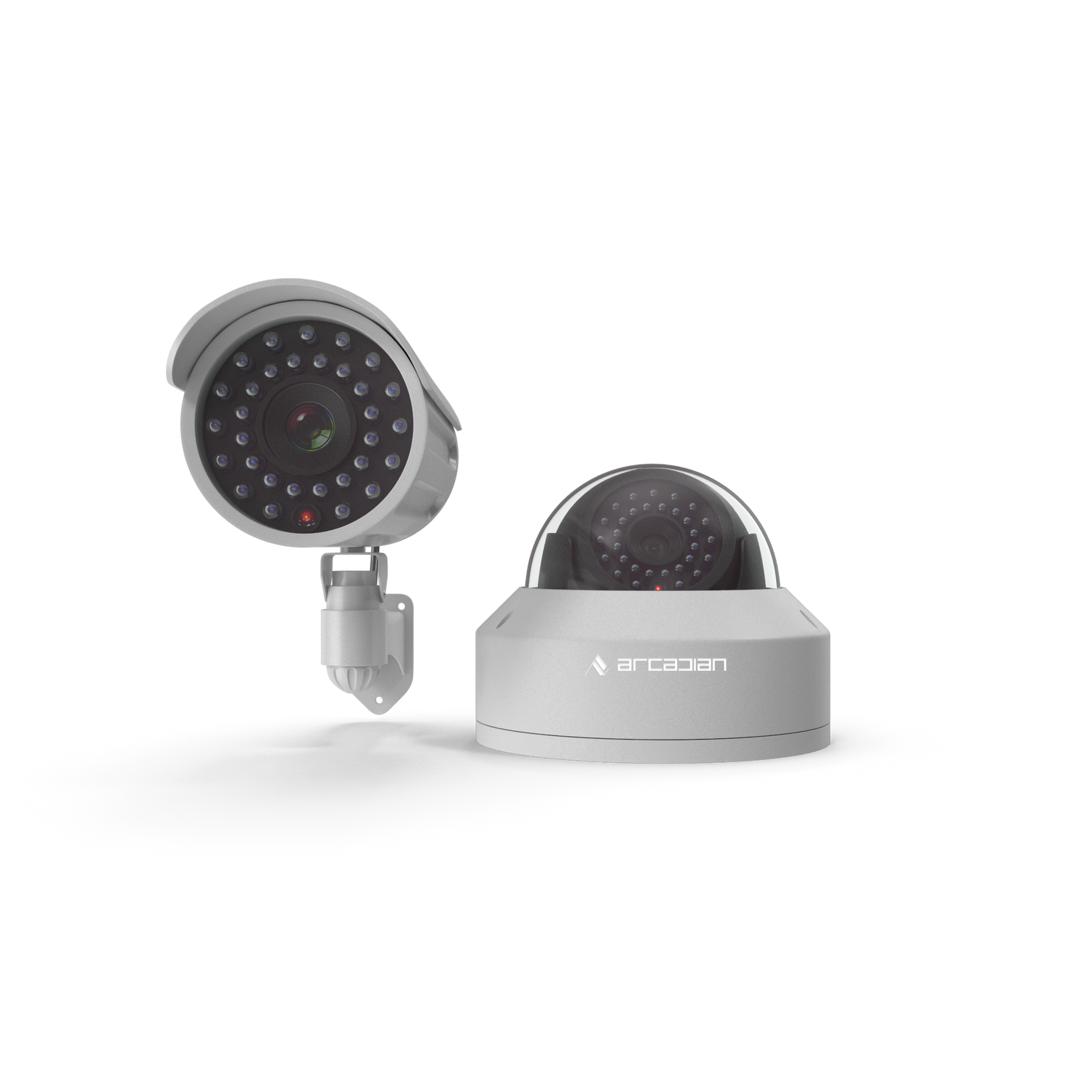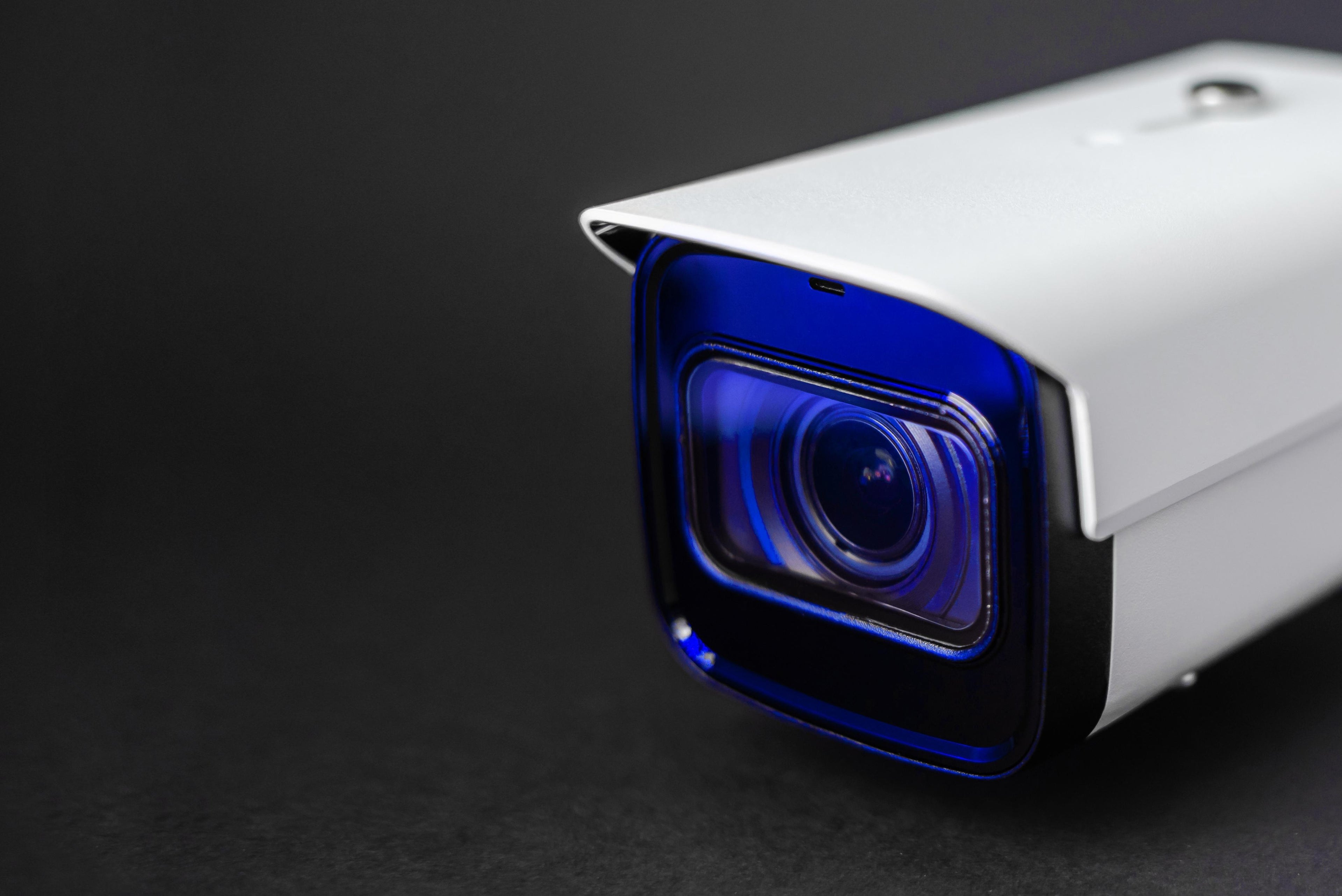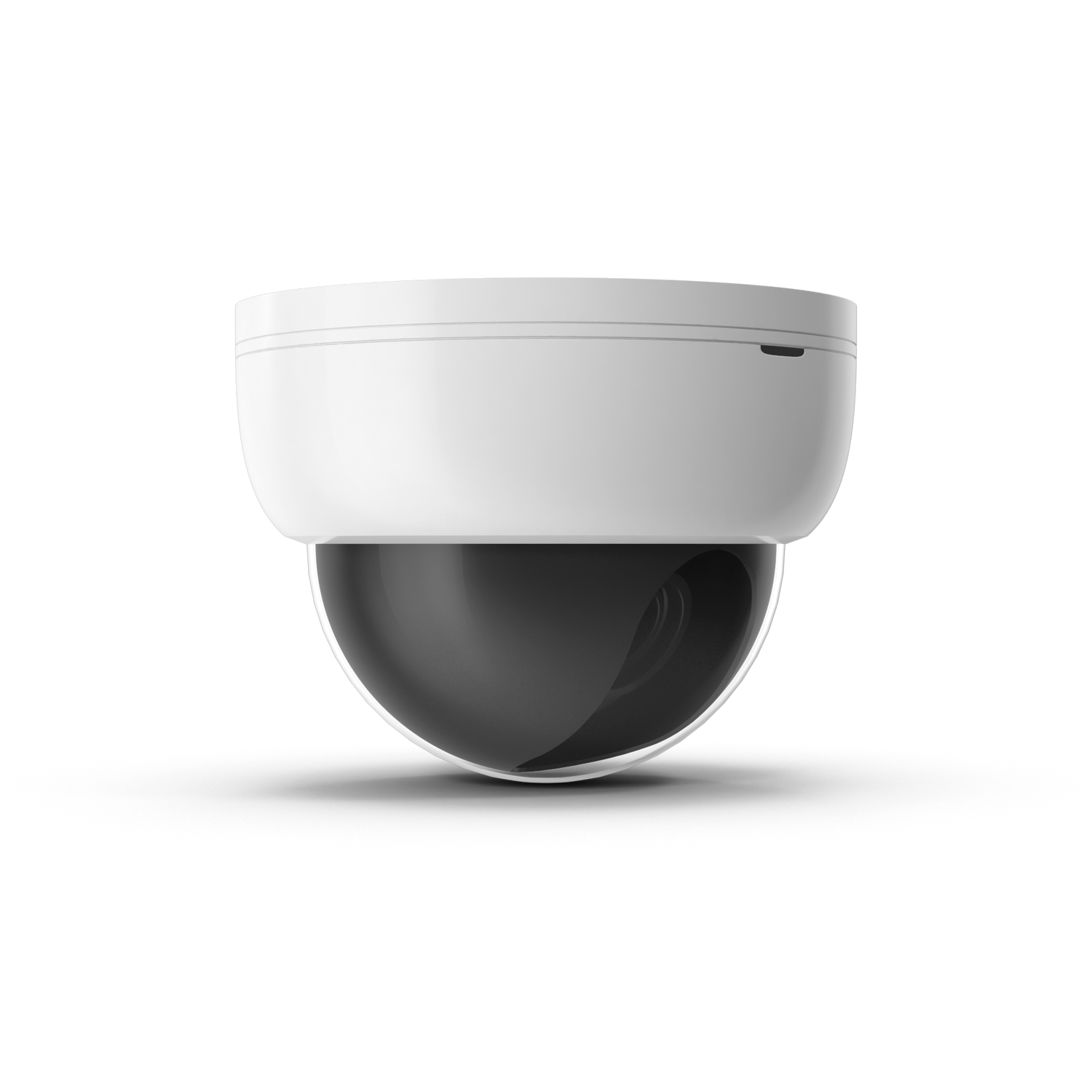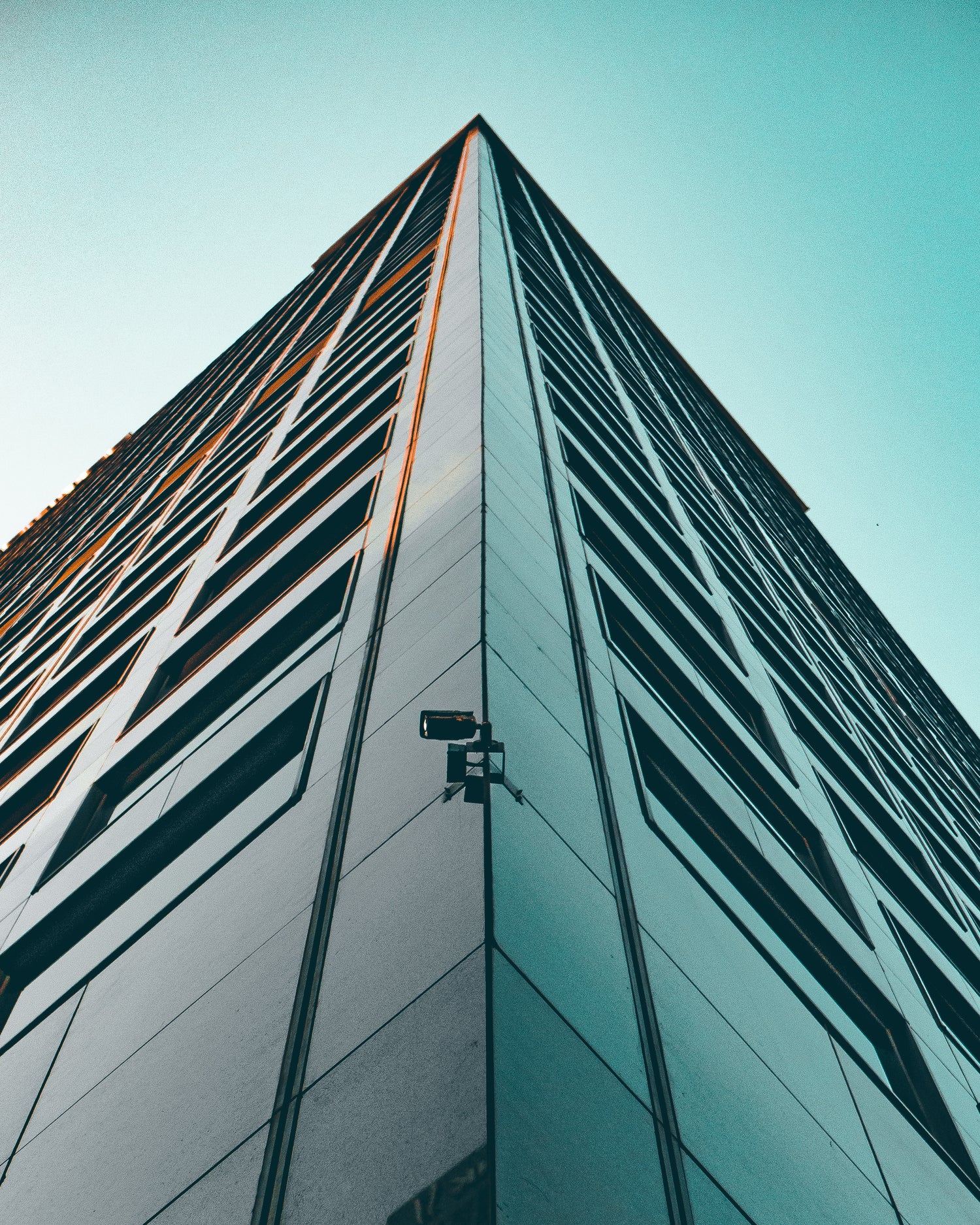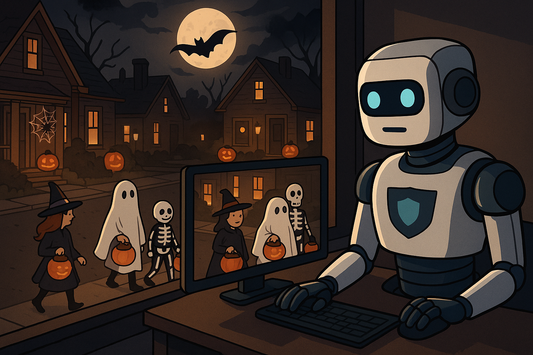Understanding AI Video Surveillance Technology
The Foundation of AI-Powered Video Surveillance
AI-powered video surveillance systems leverage sophisticated algorithms to process visual data in ways that traditional cameras cannot. Unlike conventional CCTV systems that simply record footage for later review, AI video surveillance actively analyzes video streams to identify patterns, detect anomalies, and trigger appropriate responses automatically.
The core of any AI surveillance system lies in its ability to process vast amounts of visual data simultaneously. These AI based surveillance systems utilize deep learning networks trained on millions of images to recognize objects, people, vehicles, and behaviors with remarkable precision. The artificial intelligence video surveillance technology continuously learns and improves its accuracy through exposure to new scenarios and environments.
AI video surveillance systems incorporate multiple layers of analysis, from basic motion detection to complex behavioral pattern recognition. This multi-tiered approach ensures that AI-enhanced video surveillance platforms can differentiate between routine activities and potential security threats, significantly reducing false alarms while maintaining high sensitivity to genuine security concerns.
Key Components of AI Video Surveillance Systems
Modern AI video surveillance software integrates several critical components that work together to create comprehensive security solutions. The AI camera system serves as the primary data collection point, equipped with high-resolution sensors and edge computing capabilities that enable preliminary analysis at the source.
The processing power behind AI based video surveillance systems often combines cloud-based computation with local edge processing. This hybrid approach ensures that video surveillance AI can operate effectively even with limited internet connectivity while leveraging cloud resources for more complex analytical tasks.
AI surveillance software platforms provide the user interface and management tools necessary for operators to configure, monitor, and respond to system alerts. These platforms integrate with existing security infrastructure, allowing artificial intelligence for video surveillance to enhance rather than replace current security investments.
Revolutionary Applications of AI in Surveillance Systems
Advanced Threat Detection and Prevention
AI in surveillance systems has transformed threat detection from reactive monitoring to proactive prevention. AI surveillance systems can identify potential security threats before they escalate into actual incidents. For example, AI video surveillance can detect when someone is loitering in a restricted area, attempting to climb a fence, or exhibiting suspicious behavior patterns that might indicate criminal intent.
The AI-enhanced video surveillance technology excels at recognizing weapons, identifying unauthorized access attempts, and detecting unusual crowd behaviors that might indicate emerging security situations. These AI-powered video surveillance systems can automatically alert security personnel while simultaneously tracking the threat across multiple camera zones.
Artificial intelligence CCTV systems can also perform sophisticated analysis of vehicle movements, identifying stolen vehicles through license plate recognition or detecting vehicles operating in unauthorized areas. This level of AI video monitoring provides security teams with actionable intelligence that enables rapid response to potential threats.
Behavioral Analysis and Pattern Recognition
One of the most impressive capabilities of AI video surveillance systems is their ability to understand and interpret human behavior. These systems can establish baseline patterns of normal activity for any given location and immediately identify deviations that might indicate security concerns.
AI based surveillance systems can recognize specific behaviors such as aggressive actions, medical emergencies, or attempts to tamper with security equipment. The video surveillance AI technology can differentiate between intentional suspicious activity and innocent actions that might appear concerning to traditional monitoring systems.
AI surveillance camera solutions equipped with advanced behavioral analysis can monitor employee productivity, ensure compliance with safety protocols, and identify training opportunities based on observed work patterns. This application of artificial intelligence video surveillance extends beyond security into operational efficiency and workplace safety.
Facial Recognition and Identity Management
Modern AI video surveillance software incorporates sophisticated facial recognition capabilities that can identify individuals even in challenging lighting conditions or when partially obscured. These AI-powered video surveillance systems maintain databases of authorized personnel, known security threats, and VIP individuals who require special attention.
The AI-enhanced video surveillance technology can track individuals across multiple camera zones, creating comprehensive movement logs that are invaluable for security investigations and access control verification. AI CCTV systems with facial recognition capabilities can automatically grant or deny access to secure areas based on identity verification.
Artificial intelligence for video surveillance has made significant advances in addressing privacy concerns related to facial recognition, with systems capable of detecting and analyzing faces while maintaining anonymity through advanced encryption and data protection protocols.
